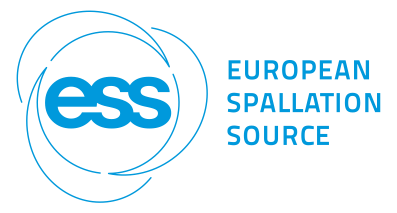Dr
Cristina Adorisio
(CERN)
The Large Hadron Collider (LHC) will be upgraded in 2019/2020 to increase its luminosity (rate of collisions) by a factor of five beyond its design value and the integrated luminosity by a factor ten, in order to maintain scientific progress and exploit its full capacity. The novel machine configuration, called High Luminosity LHC (HL-LHC), will increase consequently the level of activation of its components.
The evaluation of the radiological impact of the HL-LHC operation in the Long Straight Sections of the Insertion Region 1 (ATLAS) and Insertion Region 5 (CMS) is presented. Using the Monte Carlo code FLUKA, ambient dose equivalent rate estimations have been performed on the basis of two announced operating scenarios and using the latest available machine layout.
The HL-LHC project requires new technical infrastructure with caverns and 300 m long tunnels along the Insertion Regions 1 and 5. The new underground service galleries will be accessible during the operation of the accelerator machine. The radiological risk assessment for the Civil Engineering work foreseen to start excavating the new galleries in the next LHC Long Shutdown and the radiological impact of the machine operation will be discussed.
Summary
The Large Hadron Collider (LHC) will be upgraded in 2019/2020 to increase its luminosity (rate of collisions) by a factor of five beyond its design value and the integrated luminosity by a factor ten, in order to maintain scientific progress and exploit its full capacity. The novel machine configuration, called High Luminosity LHC (HL-LHC), will increase consequently the level of activation of its components.
The evaluation of the radiological impact of the HL-LHC operation in the Long Straight Sections of the Insertion Region 1 (ATLAS) and Insertion Region 5 (CMS) is presented. Using the Monte Carlo code FLUKA, ambient dose equivalent rate estimations have been performed on the basis of two announced operating scenarios and using the latest available machine layout.
The HL-LHC project requires new technical infrastructure with caverns and 300 m long tunnels along the Insertion Regions 1 and 5. The new underground service galleries will be accessible during the operation of the accelerator machine. The radiological risk assessment for the Civil Engineering work foreseen to start excavating the new galleries in the next LHC Long Shutdown and the radiological impact of the machine operation will be discussed.
Dr
Cristina Adorisio
(CERN)
